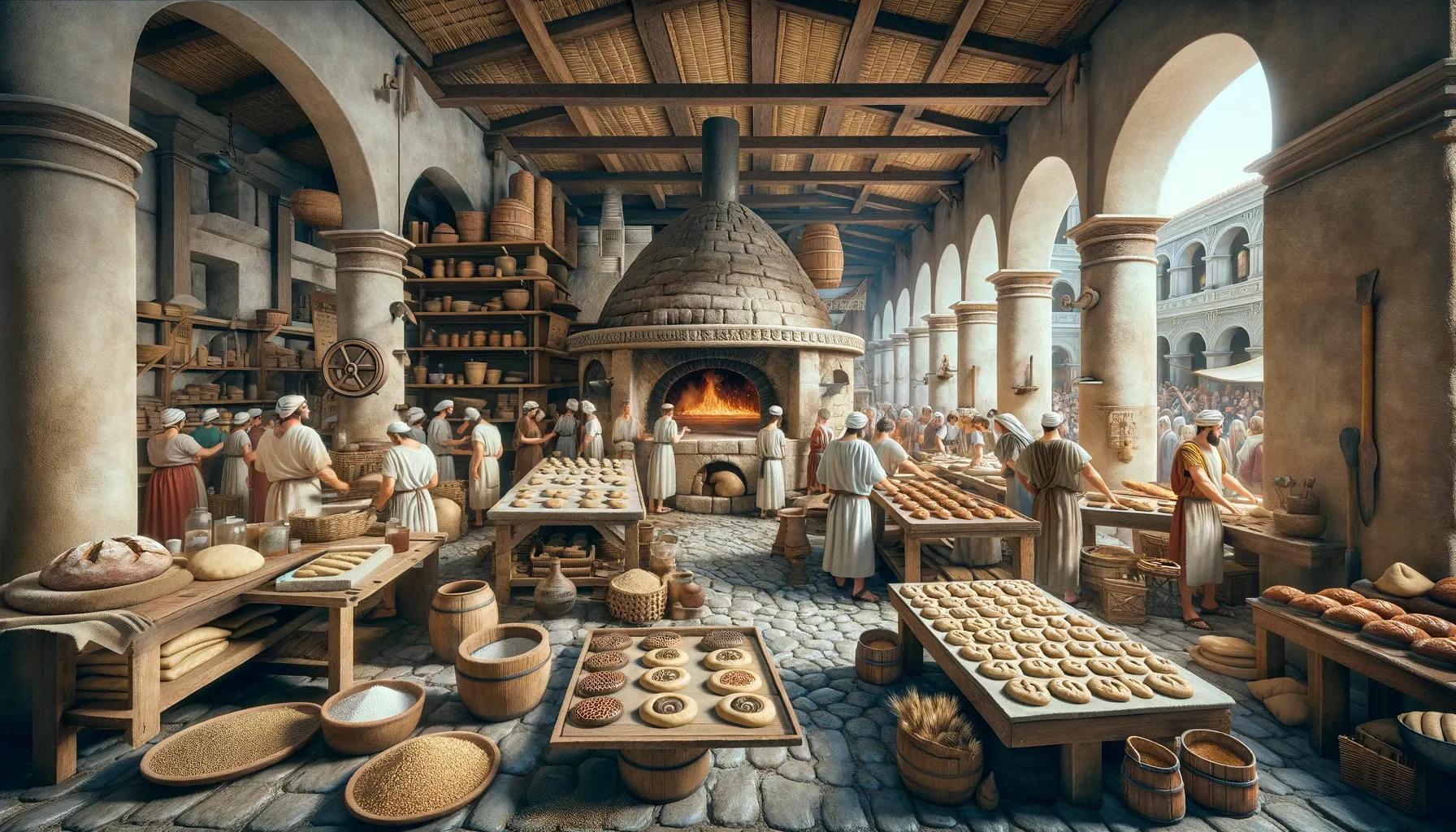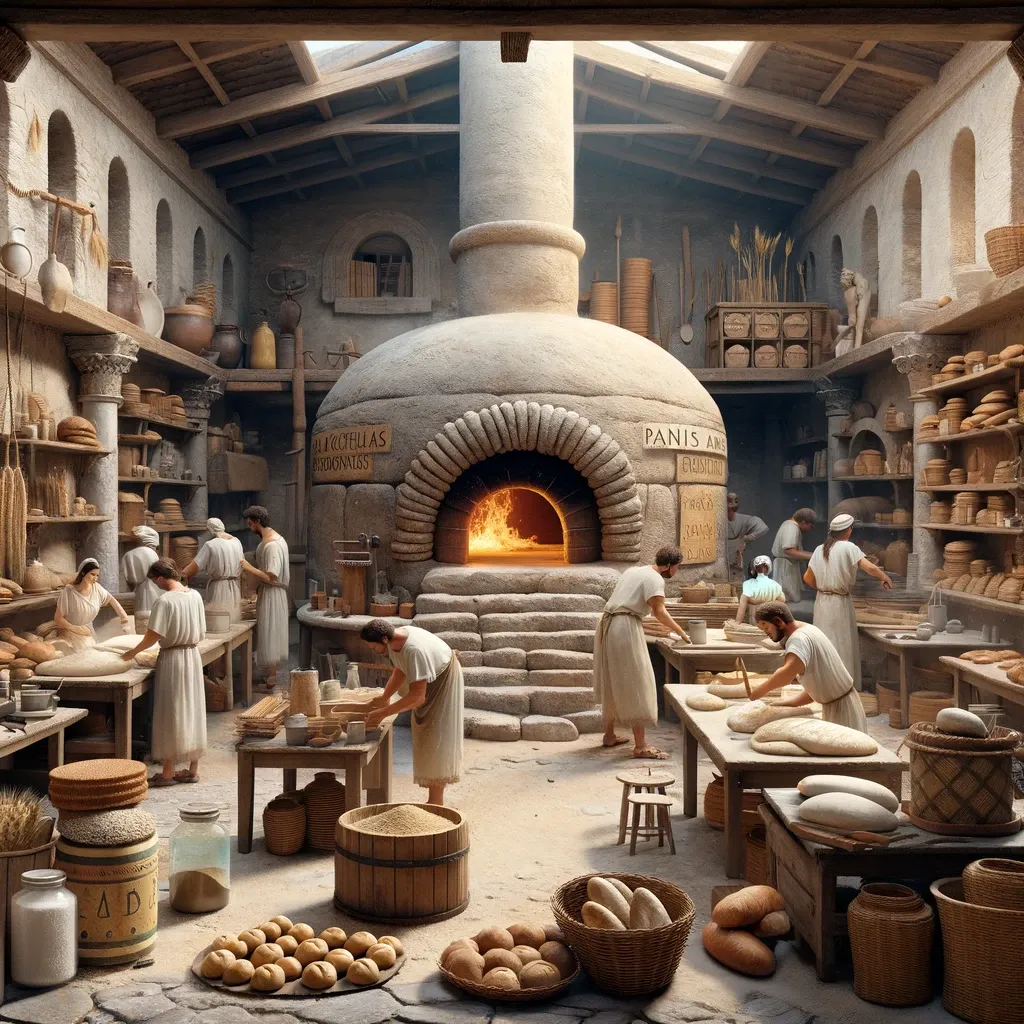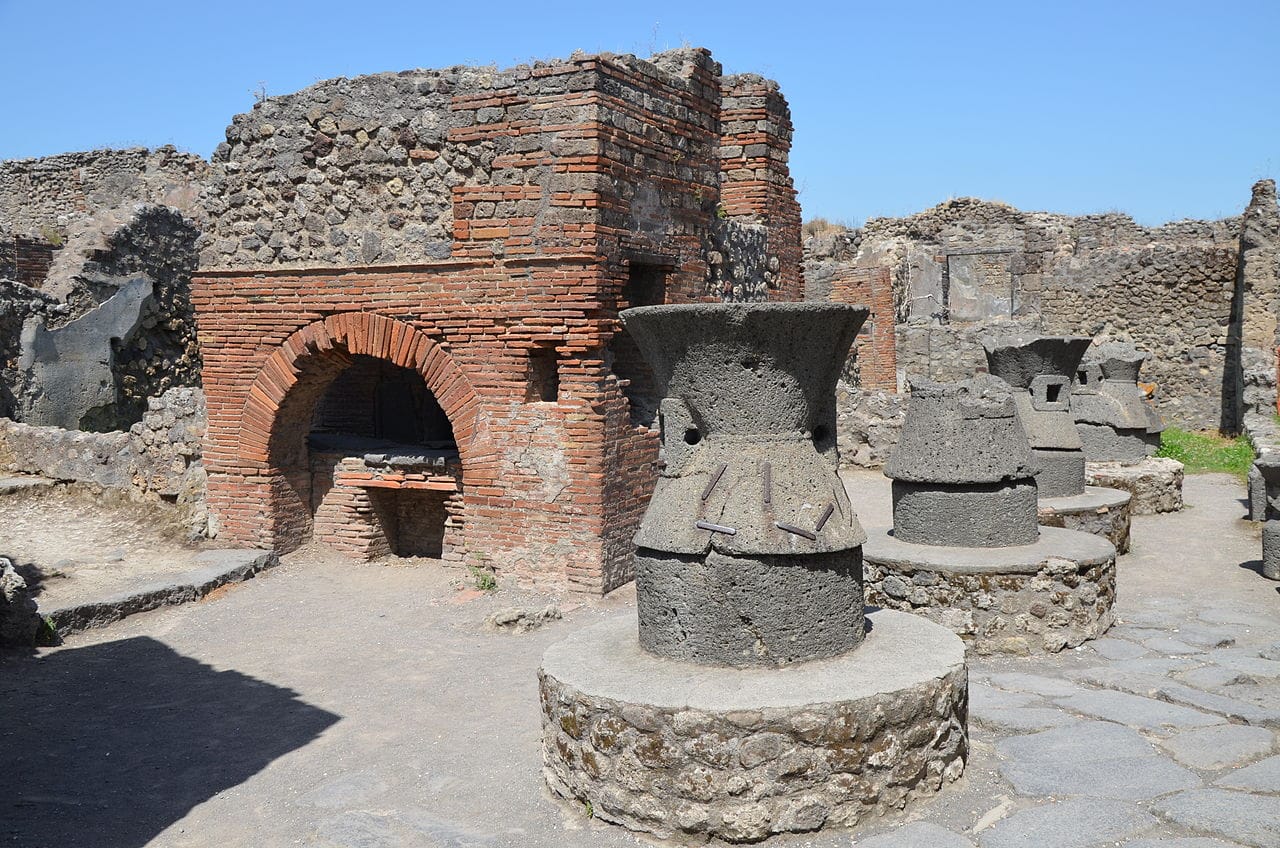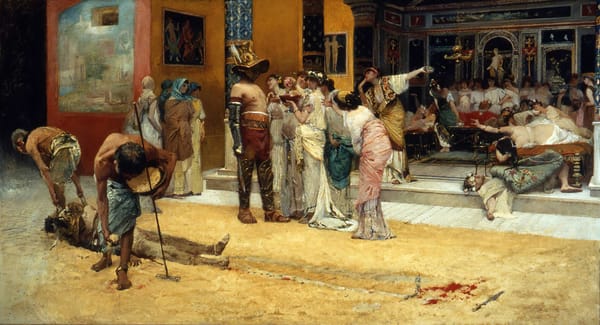Panis Quadratus: The Ancient Bread that Fed an Empire
The Roman bread, Panis Quadratus and its significance in the everyday life of the ancient Romans.

In the shadow of Mount Vesuvius, among the ruins of Pompeii, archaeologists unearthed a relic of ancient Roman daily life that offers a tangible connection to the past: Panis Quadratus. This iconic bread, characterized by its distinctive round shape with a central depression and marked by radiating lines, served as a staple in the diet of ancient Romans. What is the history, recipe, and cultural significance of Panis Quadratus? How this ancient bread was made, consumed, and its role in Roman society.
The Discovery of Panis Quadratus
The most vivid images of Panis Quadratus come from the ash-covered city of Pompeii, where the catastrophic eruption of Vesuvius in 79 AD preserved the daily lives of its inhabitants. Among these snapshots of Roman life, the carbonized loaves of Panis Quadratus found in the ovens of Pompeii's bakeries offer a direct link to the culinary habits of ancient Rome. These loaves, remarkably well-preserved, provide invaluable insights into the ingredients, preparation methods, and consumption patterns of Roman bread.

Recipe and Preparation
The making of Panis Quadratus, while seemingly straightforward, is a testament to the culinary ingenuity of ancient Romans. The basic ingredients mirror those of bread today: flour, water, yeast, and salt. However, the preparation process and baking techniques are what set Panis Quadratus apart. The dough was shaped into its distinctive round form, scored with eight radiating lines, and marked with a central depression before baking. This design was not merely aesthetic; it facilitated the division of the loaf into equal parts for easier sharing and consumption.
Modern attempts to recreate Panis Quadratus, such as those documented suggest using a mixture of whole wheat and spelt flours to mimic the texture and taste of ancient Roman bread. The addition of sourdough starter as leavening captures the essence of Roman baking methods, which relied on naturally occurring yeasts.

Cultural Significance and Consumption
Bread held a central place in Roman diet and society, symbolizing sustenance and communal bonds. Panis Quadratus, in particular, was more than just a source of nourishment; it was a symbol of civilization and domesticity. The distribution of bread was also a political tool, with the Roman state providing free or subsidized bread to its citizens, a practice known as the "Cura Annonae."
Romans typically consumed bread with every meal, accompanied by olives, cheese, and wine. The versatility of Panis Quadratus made it a staple for both the rich and the poor, although the quality of the ingredients likely varied by social status.
Bakeries and the Role of Bakers
Contrary to the modern practice of home baking, Romans often purchased their bread from local bakeries, known as "pistrina." These bakeries were sophisticated operations, equipped with large ovens and mills for grinding grain. The profession of the baker, or "pistor," was highly regarded in Roman society, reflecting the importance of bread in daily life.

The archaeological remains of Pompeii and Herculaneum have revealed the complexity of Roman bakeries, complete with grinding stones, kneading machines, and ovens. These establishments were not only places of production but also social hubs where citizens gathered to purchase their daily bread.
A Legacy Carved in Crust
Panis Quadratus is more than a culinary curiosity; it is a symbol of the ingenuity, social complexity, and cultural richness of ancient Rome. The efforts to recreate this ancient bread not only provide a taste of Roman life but also underscore the timeless significance of bread as a staple of human civilization.
As we explore the recipe and history of Panis Quadratus, we are reminded of the enduring connection between food and culture. This ancient loaf, with its distinctive shape and enduring appeal, offers a window into the lives of those who walked the streets of Pompeii, highlighting the universal importance of bread in bringing people together, sustaining life, and shaping society.









About the Roman Empire Times
See all the latest news for the Roman Empire, ancient Roman historical facts, anecdotes from Roman Times and stories from the Empire at romanempiretimes.com. Contact our newsroom to report an update or send your story, photos and videos. Follow RET on Google News, Flipboard and subscribe here to our daily email.
Follow the Roman Empire Times on social media: